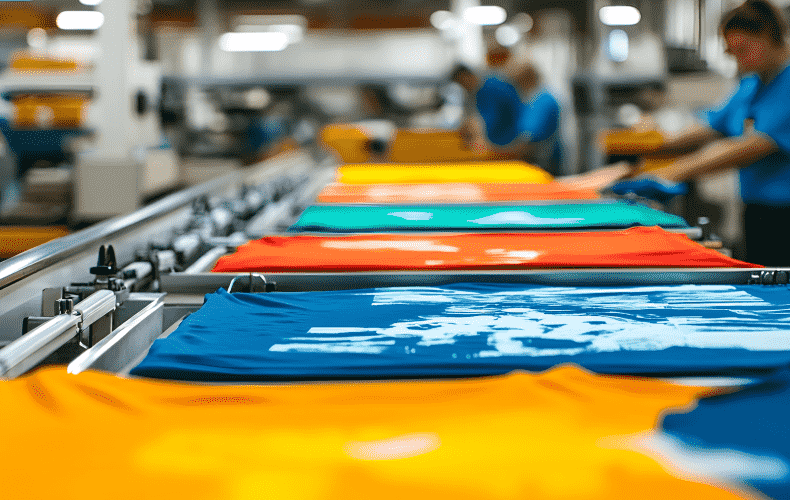
Poker Events That Dominate the International Gaming Scene
Section: Arts
Nobody enjoys being stuck in traffic or having to deal with the aftermath of a car accident. Not only are they both irritable and unfortunate in their own ways, but they also cost the country millions, deplete resources, and hurt the environment. Now, technical universities from all around Germany are partnering with giants in the auto industry to bring you the next generation of safe and efficient driving. They are running the simTD (Safe Intelligent Mobility-Field Test Germany), a government funded program that will test a new automobile warning system. Participants included Adam Opel, Audi, BMW, Volkswagen, Hesse Mobil, Fraunhofer, Deutsche Telecom, and the German Center for Artificial Intelligence, to name a few. On of 6th August, 120 cars fitted with this new technology started a months-long test drive on the roads around Frankfurt. It is one of the largest fleet test in the world.
The key to the simTD is that cars communicate with one another and with a control station. This is more than a comprehensive map and traffic analysis; it practically gives the driver "super powers" for safe driving. It allows the driver to keep tabs on other cars locations in the area, the best routes to a destination, and most importantly it 'senses' if a car nearby makes a faulty move. If the car in front of you brakes too quickly, the system will alert you as the other driver stomps on the brake pedal, allowing for a quick reaction time. The system can also tell you how much time until the traffic light turns green, and the best speed needed to catch every single green light ahead.
Over the next few months of the test, the "fleet" of cars are going to role-play various traffic and accident-causing scenarios designed by researchers at the University of Munich. The drivers are a mixture of professionally trained and regular drivers. The professionals will be working together to create the designed scenarios and then see how the other drivers react. The cars are testing motorways, rural, and urban roads from Bad Nauheim to Frankfurt. At this point, there is only one traffic-control station, at the ITS Central Station. Eventually, simTD will set up roadside control stations to interact with cars nearby.
The University of Munich will soon be pouring over the data from these drives, to determine how best to tune the control system. We probably won't see this technology on the market until at least 2013, and we'll be waiting anxiously for our flawless morning commutes.
For more information, please visit http://www.simtd.de.

Section: Arts

Section: News

Section: Business

Section: Arts

Section: Arts

Section: Business

Section: Business

Section: Arts

Section: Health

Section: Arts
Health Insurance in Germany is compulsory and sometimes complicated, not to mention expensive. As an expat, you are required to navigate this landscape within weeks of arriving, so check our FAQ on PKV. For our guide on resources and access to agents who can give you a competitive quote, try our PKV Cost comparison tool.
Germany is famous for its medical expertise and extensive number of hospitals and clinics. See this comprehensive directory of hospitals and clinics across the country, complete with links to their websites, addresses, contact info, and specializations/services.
Join us for an enchanting evening dedicated to the theme of love, featuring the vibrant sounds of flamenco, rumba, and romantic ballads. Ricardo Volkert & Ensemble will present 'Amor! Amor! Amor!', a celebration of love through passionate guitar melodies, virtuosic cello and bandoneon...



No comments yet. Be the first to comment!